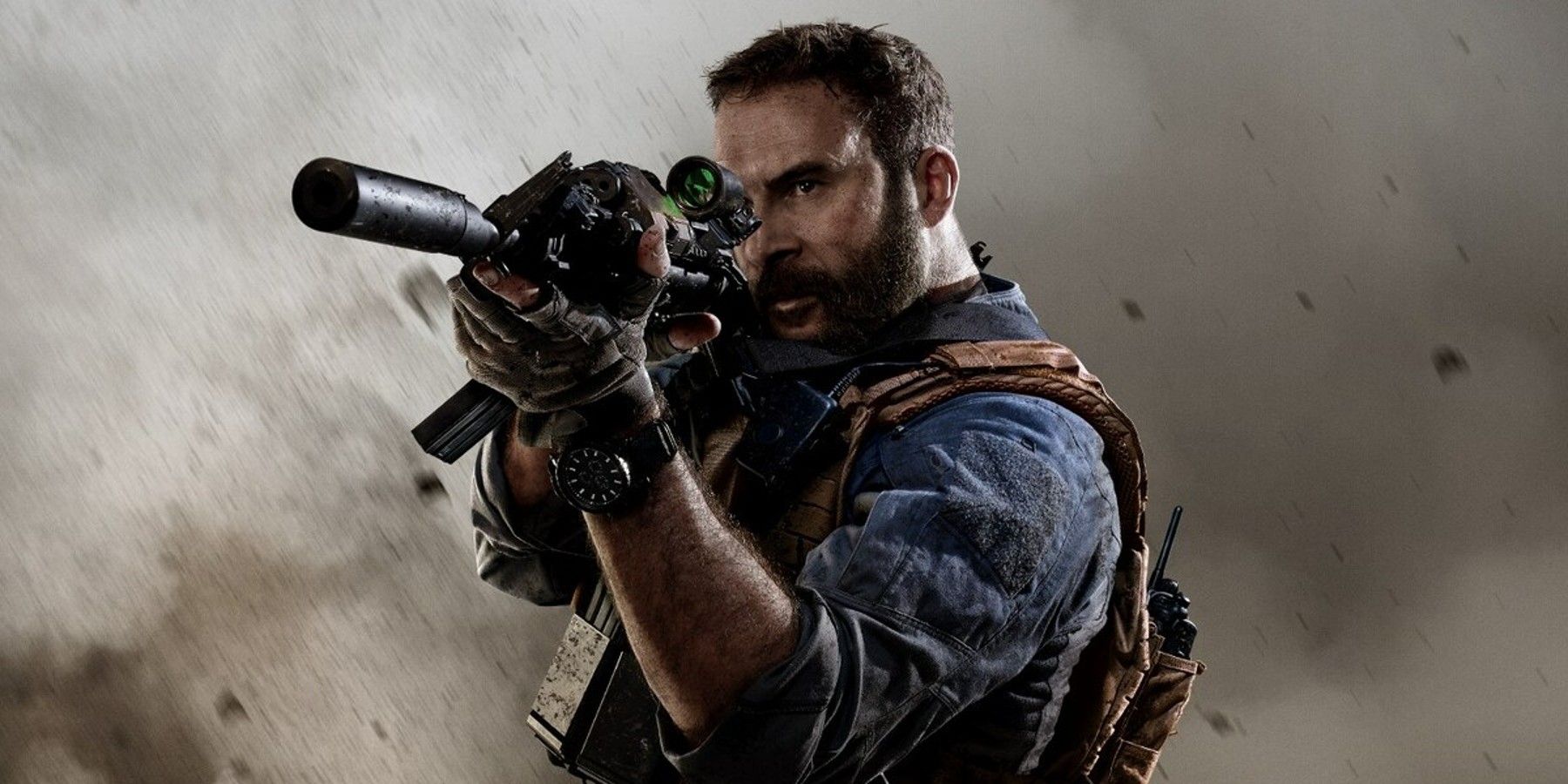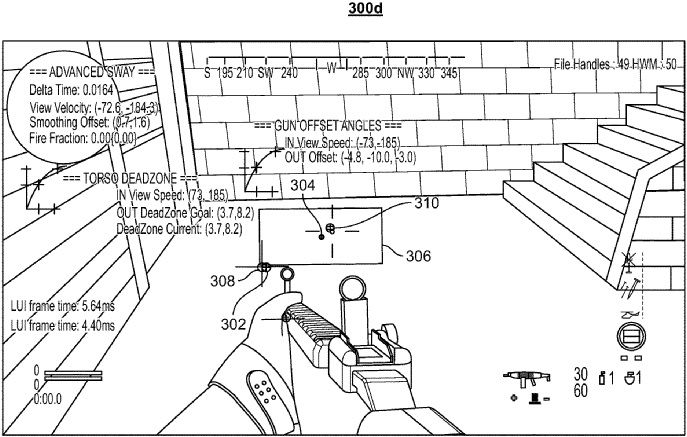Video games are unique among entertainment mediums in that they allow the player to assume direct control of a character within a story. A game called Maze War from 1973 claims the title of being the original first-person perspective game, which allowed people to not only control the player character, but see through that character's eyes. Although first person shooters have advanced significantly since the monochromatic still images of Maze War, there are still improvements to be made to the genre.
The biggest problem when developing a first-person perspective game is making the player character feel and control realistically like a human, rather than like a disconnected camera floating around six feet from the ground. But this realism also has to be balanced with keeping the game responsive and easy to control.
As the publishers of the Call of Duty series, Activision has a vested interest in making sure its FPS games feel like the most advanced and realistic games in the genre. In pursuit of this, Activision has filed two patents which could combine to see far more realistic movement of both the camera and character model in FPS games. The first patent describes a method of procedurally generating animations for the character's limbs in relation to how the player is controlling the camera. This would seem to hint at adding a disconnect between the camera movement and the character's body movement, in order to simulate a human's ability to freely look around without moving their entire torso.
The second patent seems to work in tandem with the first by incorporating these realistic animations into the weight and movement of the character. Most FPS games since the now 30 year old Wolfenstein 3D have used what the patents describe as a “torso mass” system. This refers to how the controls for a first-person character are usually split between the characters “legs” for moving through the game world and the characters “torso” for looking around and shooting. The patent's main aim is to add the illusion of a third split in the controls around the “shoulders” of the character.
If these patents were implemented into a game successfully, it should provide a gameplay experience consistent with the cutscenes found in many FPS games like BioShock, in which the character maintains their first-person perspective but freely looks around, disconnected from the aiming of their gun. Games like Red Dead Redemption 2 and Grand Theft Auto 5 already have similar first-person modes which move the character's head instead of their “torso mass,” but as mainly third-person games, these first-person modes can often feel clunky outside of combat.
Games with this technology applied to them could also translate easier into VR as the characters virtual body would already be programmed to work independently of the player's head. Many VR versions of older games like Resident Evil 4 have had to remove the character's body all together in favor of floating hands.


